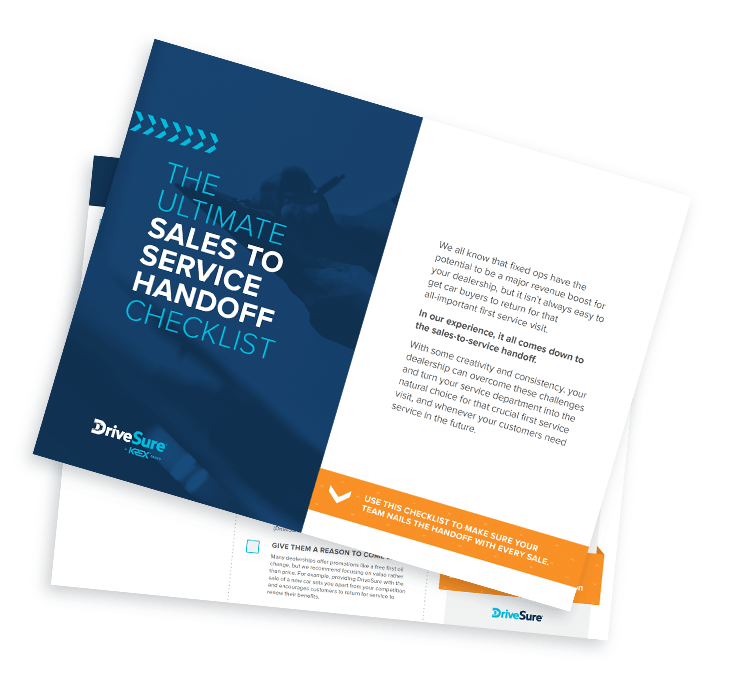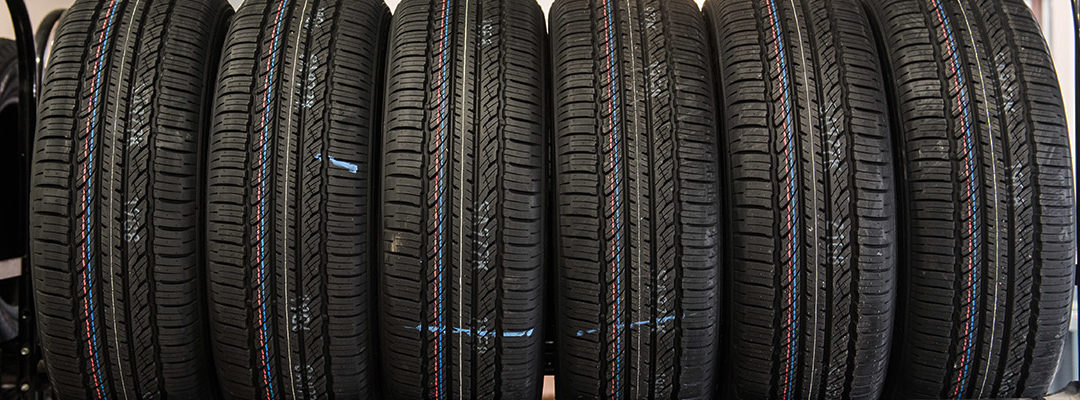Driven by the importance car manufactures put on customer retention, much of a dealership’s energy is put into making sure every customer’s experience in its service department is a satisfactory one. The sales-to-service handoff and a new car owner’s first service appointment experience are both known to be critical points in establishing this all-important, loyal relationship.
Despite the best-laid plans, however, service visits for many new car owners are not always a simple-and-sweet scheduled maintenance visit. Sometimes, the need is sudden and comes with unexpected expenses that can make managing a customer’s experience challenging for any service department.
This is especially true in the case of tire repair and a car owner’s misinterpretation of new car warranty coverage. For example, when a vehicle owner comes in with a tire issue and expects it to be covered under their new car policy, then find out that it’s not, dealership satisfaction can be negatively affected, and they can risk losing a customer at no fault of their own.
Read on to learn more about warranty discrepancies and your options for managing the situation and maintaining a positive customer experience.
Warranties: what customers really hear
Before any car leaves the lot, a dealership’s best practice is to give a rundown of its features and answer any outstanding questions. A lot of essential information is highlighted in that discussion — everything from how to adjust the car’s controls to what is covered under its warranty.
The problem, however, is that most new car owners neither hear nor retain the information from that meeting. They’re excited and focused on getting through the red tape fast so they can get to the fun of driving away in their brand-new car.
And when the time comes for a repair, they may not recall all the details of the discussion about coverage. Often, this means they assume something is covered that is not.
One of the biggest causes of customer disappointment during an unscheduled visit can be attributed to a misunderstanding of whether or not a new car warranty covers tire repair and replacement. Confusion on this point alone can be the cause for many discrepancies — and a potential sizeable loss of revenue — in a busy service department.
For example, when a tire issue that is not covered by the manufacturers’ warranty — or any other warranty a customer may have purchased with their new vehicle — comes in, a service manager may choose to cover it at no charge to the customer. This business decision saves the customer relationship and your customer service index (CSI) rating but sacrifices the bottom line of the service department in the process.
Tires: so, who covers them?
The good news is that you can reassure your customers that the tires themselves come with warranties, which usually protect against things like premature wear and manufacturing defects. The bad news is that most manufacturers base the validity of their warranties off of proper maintenance and most don’t cover damage caused by a road hazard.
This means that if your customer needs to file a claim, they must be able to prove they have taken care of their vehicle’s tires per the manufacturer’s minimum recommendations, providing receipts for rotations and demonstrating tires are properly inflated. If they’ve given you their service business in the past, this step will be a simple one.
There are many types of tire warranties, however. Keep the lines of communication open and remind and inform your customers of all of them whenever you have the opportunity. Getting into the habit of explaining a customer’s options before problems arise forms the basis of a good relationship and keeps customer satisfaction in check.
Customers like perks, so the idea that much of this protection comes at no additional cost will help you build rapport. Here are a few common types of tire warranties and information about them every customer should know:
- Tread-life warranties
With tread-life warranties, let customers know that they come standard with the purchase of a new set of tires. You will want to help them understand that they could be entitled to a new set of tires if their tread depth dips below 2/32nds of an inch before the guaranteed mileage is reached. - Manufacturer special warranty
Essentially a satisfaction guarantee, the manufacturer special warranty allows customers to request a full refund or credit toward another tire purchase if they are not 100% satisfied in the first 30 days after purchase. Sometimes these warranties have additional coverage — like flat-tire changing assistance — that you will want to thoroughly explain. - Uniformity warranty
The uniformity warranty can be confusing for customers. At its essence, it extends part of the initial 30-day manufacturer special warranty, offering extended coverage on a tire’s ride performance — protecting against bumpy rides and excessive vibrations — until it reaches the end of its tread life. - Workmanship and materials warranties
A workmanship and materials warranty is another warranty that comes standard with the purchase of a new set of tires. Make sure your customers understand that it protects them from issues or defects that are a result of the manufacturing process or are a failure of the materials used in the tire — not road hazard punctures or other accidents. - Road hazard warranties
Unlike the warranty types above, road hazard warranties are purchased by the customer. This is the kind of policy that covers accidental damage. You will want to help your customers weigh the benefits of this policy on a case-by-case basis as some will be more prone to needing its benefits than others.
Since tires are a car’s only point of connection with the road, their maintenance, repair and replacement are one of the highest drivers of business for any service shop. And, that’s why taking charge of the service relationship, explaining these nuances thoroughly, and getting started on the right foot is so important.
Customers: how to manage expectations when warranties fail
Even with one – or all — of these warranties in place, car owners can still run into situations where their tire issue is not covered. In those instances, there are other options for dealerships that are committed to giving a superior customer experience but are also conscious of the impact doing so can have on their bottom line.
Some dealerships, for example, have partnered with DriveSure, which offers vehicle owners additional road hazard protections and service benefits through a perks package that renews with regular oil change services. The benefits not only cover repair and maintenance work that falls outside of warranty coverage, they support dealer-loyal roadside assistance and towing, and other incidentals like rental car costs — all of which are important from a customer’s point of view.
When customers come into a DriveSure dealership with a tire repair, for example, the service manager can explain that under the normal course of business the costs to fix it would not be covered. But since the customer has DriveSure benefits, the issue will be taken care of at no cost.
—–
At the end of the day, new car warranty coverage of tire issues is tricky. Unless a customer purchases a specific tire and wheel policy or bought their car from a dealership that offers DriveSure benefits, often they are not covered the way a customer expects.
You will be doing yourself a favor if you dedicate additional time to helping your customers understand the warranty coverage they have from the get-go. And, when it’s not enough, the best decision — one that can save a service relationship, time, and money – is to partner with a company that helps you fill the gap and keep customers happy.
FREE RESOURCE
The Sales-to-Service Handoff Checklist for Creating Lifelong Customers
Unlock the secrets of mastering the all-important sales-to-service handoff and watch your customers come back again and again.


